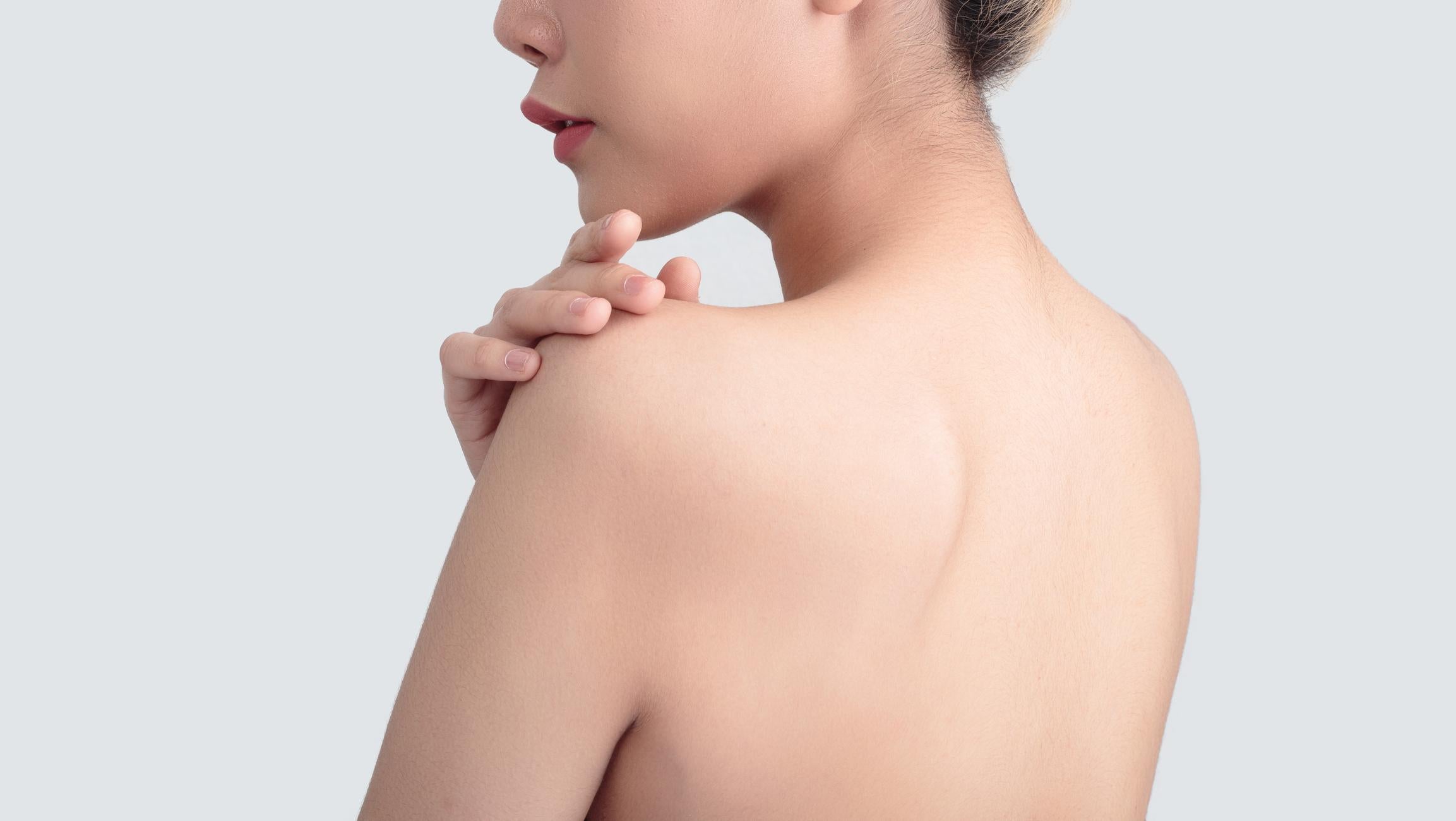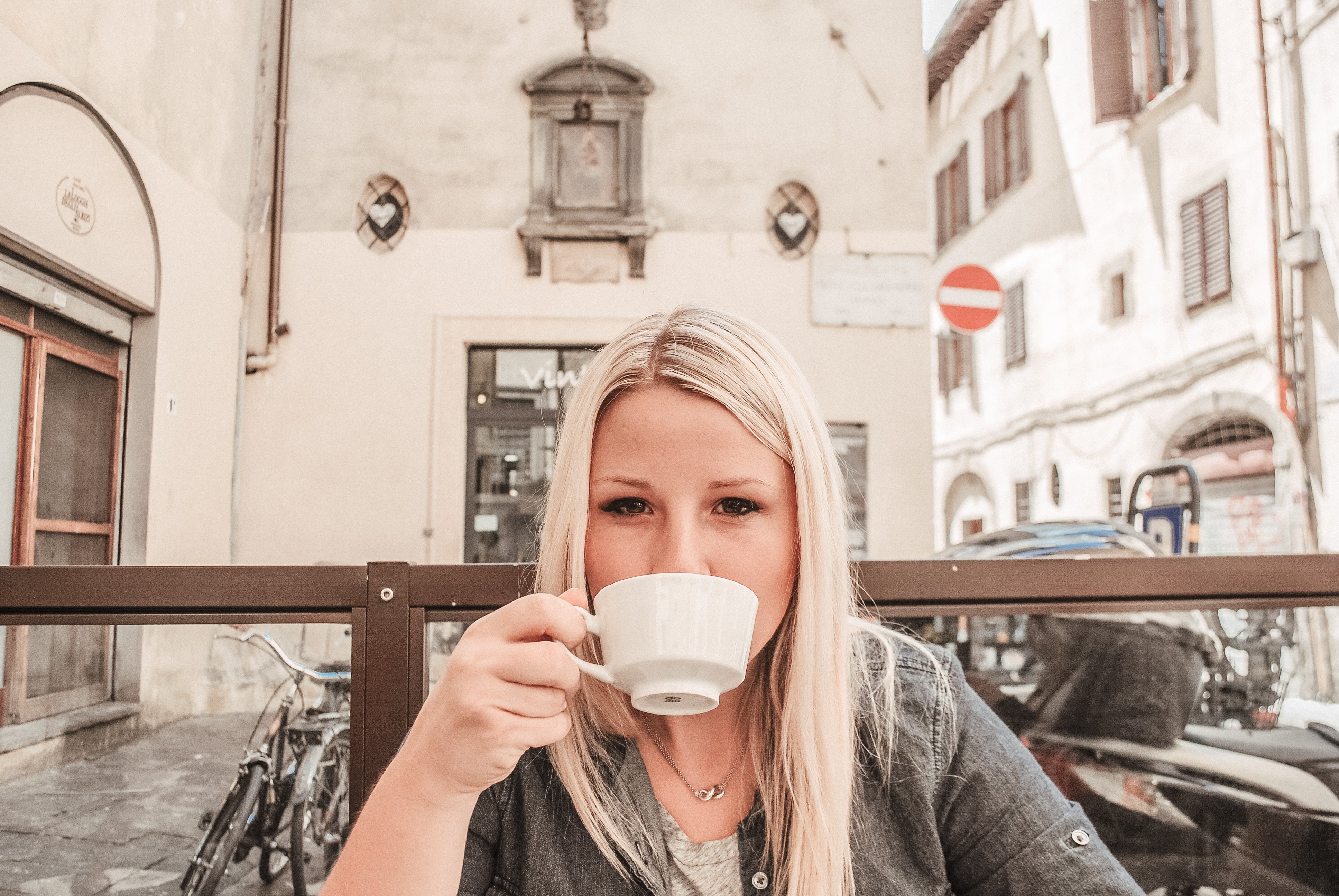
How to Get Rid Of Acne in 5 Simple Steps
You’ve read the top 20 lists of things you should do to get rid of acne and breakouts. These tips promise to help you achieve clear skin - even overnight. When you try these suggestions like washing your pillowcase or wiping down your cell phone, you still break out.
It seems no matter how much advice you read on the internet, you just can’t seem to get rid of acne, and you continue to break out

What I discovered :
Take it from someone who spent 16 years trying the same advice. Breakouts were a thorn in my side that poked me every single time I looked in the mirror. I’ve been to countless derms, tried multiple products, and even tried natural methods to get rid of my acne with things like not washing my face (caveman regimen) and eating a clean diet. It wasn’t until I understood how acne worked that I saw excellent results, clearing up my breakouts and eliminating the acne I had. All these bits floating all over the internet were pieces to a puzzle, but I felt like I was missing links to seeing great results and achieving clear skin.
The problem I have with the information on the internet, is they leave out crucial details. While some of what you read is true, it many times needs to be done in harmony with others' steps, or isn’t that essential information for clearing up breakouts?
What I did find though that after digging through all the information and being a human guinea pig on the problem, I finally answered my age-old question in my late 20s about how to clear up acne. The solution seemed so simple, yet when I tried to figure out the problem all those years, it seemed so convoluted.

So why does it seem so complicated to figure out this issue? The reason for this is acne is not a one-ingredient zit cream, fixed overnight, type of problem. There are multiple factors to consider. Some things can be done overnight to see fantastic results.
However, the real question I had was how can I clear up my skin for good and stop breaking out.
To understand how to clear up skin fast, you need to understand what causes breakouts in the first place so you can eliminate them once and for all.
What is a Breakout?
A breakout consists of acne-causing bacteria, oil produced in your pores (sebum), and dead skin. Simply put, when your pores produce oil, it mixes with acne-causing bacteria making the pore sticky and then attracting dead skin. When these three mix together, it creates a very cramped and clogged pore causing you to break out.
When this process happens, acne-causing bacteria feeds off your oil and loves it so much, that it spreads to other pores causing more breakouts leaving you in a vicious cycle of clearing one breakout up, only to battle another. Sound like a familiar problem?
So, then the issue needs to be fixed by removing the dead skin and adequately exfoliating. Exfoliating is only part of the solution. This doesn’t address why and when the oil is produced, and the bad bacteria that feeds off of it and spreads.
So if the problem starts with acne-causing bacteria feeding off the oil found in your skin then the best way to get rid of acne is to strip the oil off your face, right? Wrong. This only makes the problem worse.
Why? Stripping your skin of your naturally produced oil just causes your pores to go into overdrive to create more leaving behind an even oilier face. Perhaps you have noticed this problem after you have used astringent and drying cleansers and products claiming to help your acne. You start the day feeling squeaky clean. By lunch, you're running to the bathroom to blot your nose and apologize for how shiny your face looks to your coworkers or friends.
Take it from someone who bought stock in blotting paper.
What causes oily skin then? This is where lifestyle factors come into play. Certain foods and stress increase hormones in the body. When these hormones increase they turn on oil production in your pores. Then we start the chain reaction of oil, bacteria, and dead skin. Voila, we have a clogged pore from a straightforward process.
So then what foods typically cause increased oil production?
Unfortunately, it isn’t broccoli or spinach. I’m sure the list isn’t going to surprise you. My favorite foods fall into these categories which are not a surprise since I had dealt with acne for years.
- Sugar
- Dairy
- Refined Carbohydrates (Pizza, pasta, bagels, rice, cake, muffins, cookies, etc.)
- Foods you are allergic to (even foods deemed as healthy like tomatoes, eggs, and nuts)
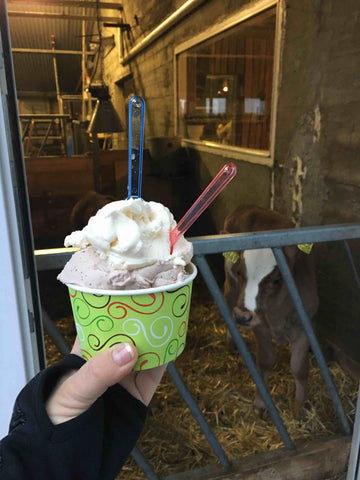
Cleaning up your diet helps with minimizing this excess oil produced, but it still does not address the dead skin and acne-causing bacteria found in your pores. This is why clean diets and supplements will work somewhat but haven’t gotten your skin to that coveted clear, smooth stage you’re looking for. No matter how much clean eating you do, you will always need to exfoliate dead skin, your pores will still create oil, and you will always have acne-causing bacteria lurking in your pores.
If you trip up on your diet while binge-watching Netflix and eating ice cream and pizza, how can you keep your skin under control?
This is where good quality skincare comes in. To help address the breakouts, a good routine should do the following:
- ELIMINATE acne-causing bacteria
- BALANCE oil produced in your pores while preventing you from being too oily and also not too dry (this is key)
- REDUCE inflammation and redness
- NUTRIENT dense to speed up the healing process and immune system
- EXFOLIATE while not being too harsh on breakouts and the skin
Why Skincare Products Failed Me (And Why It Has Failed You!)
Enter infamous products that contain salicylic acid or benzoyl peroxide. I don’t even have to ask you if you have tried products with these two ingredients in them because it's a safe bet you have and many, many times.
I recently saw on Instagram, a dermatologist calling these ingredients the workhorse in achieving clear skin and he was shocked when someone else mentioned less than favorable results from using them. They have been the staple of battling acne for years.
Unfortunately, I have no reverence for these two ingredients because they have never helped me with clear skin and all they did was make my breakouts redder and my face drier.
I have tried about 20-30 versions of products that contained these two ingredients in my teens, only to stop buying products altogether if I saw these were touted as the active ingredient in the product. Besides not working for me, these ingredients tend to be harsh stripping the skin of natural oil.
Their purpose is to reduce acne bacteria and dead skin, however, it does not address the other factors like balancing oil, helping inflammation, and healing skin. This is why many products that you have tried haven’t helped your acne and breakout issues because they only address one or two facets of the five factors I mentioned above that are integral to clear skin.
I had so much trouble finding skincare that worked to address all of those 5 facets, so I made my own and found fantastic results where other products failed.
Acne is a stubborn problem, and it irritated me that so many products promised clear skin, but after researching and understanding acne, it needs to be treated more aggressively.
Acne-prone skin is usually very sensitive, so finding the right balance has been essential to creating a good skincare routine. The beauty is, that it didn’t take harsh chemicals or toxic ingredients to achieve results; it was just the right combo of ingredients that helped those five factors.
If you're lost on how to care for problematic and acne-prone skin check out my Clear Skin Kit here
I use over 40 plant and mineral-based ingredients that work wonderfully and naturally at healing breakouts while still being gentle for sensitive skin.
The best part is it works!
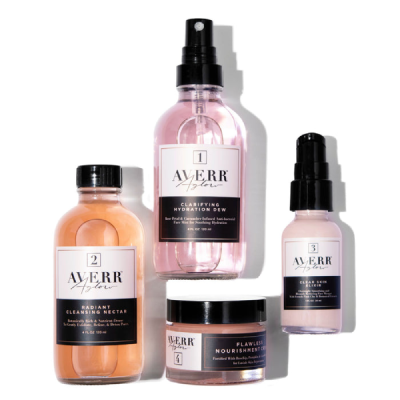
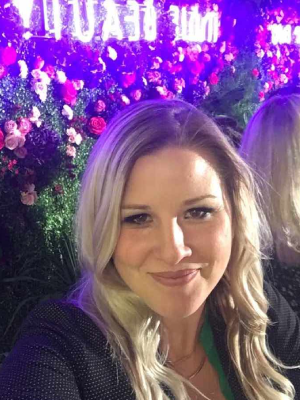
I am here to help you take the guesswork out of how to clear up your acne and breakouts and at the same time create a line that would help restore the luster and look so you can stop feeling like your skin feels like sandpaper.
Don’t worry, you can thank me later when your complexion is restored, and you're happy to leave the house makeup-free for the first time in your life. ;)





